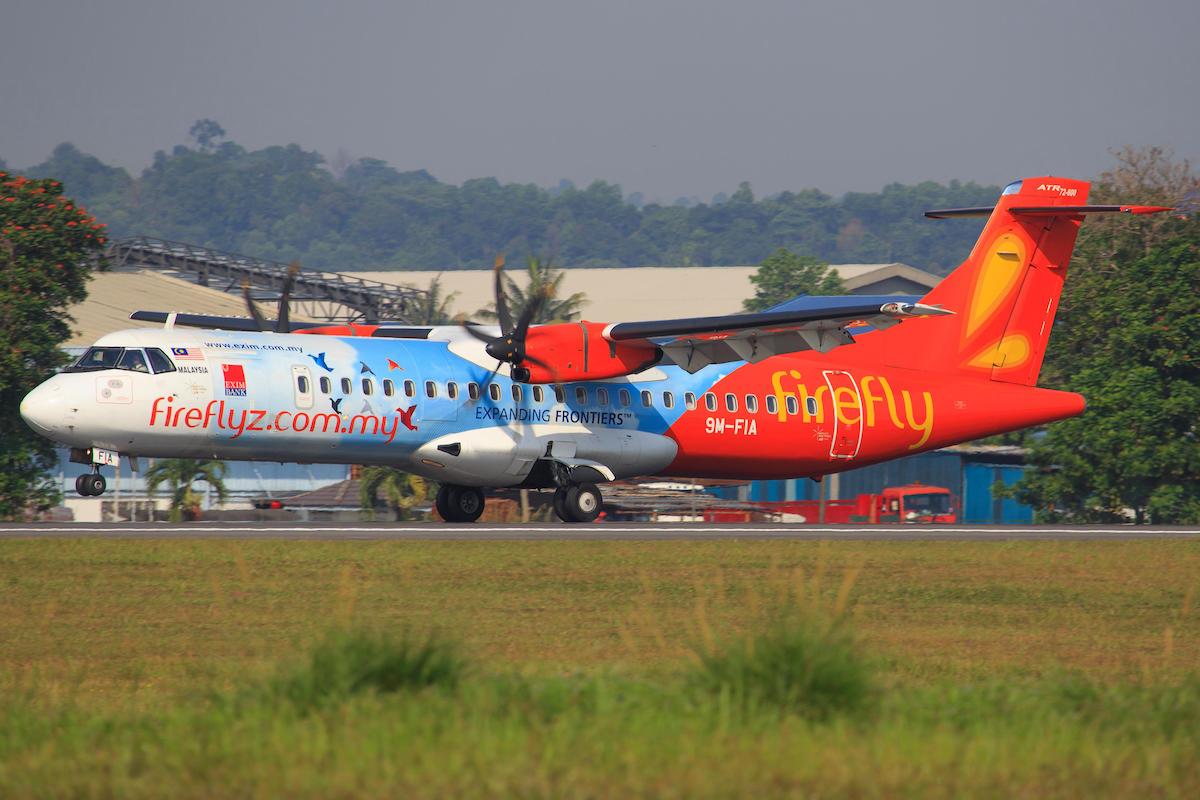
ATR 72s operated by Firefly and Batik Air are the largest passenger aircraft currently flying from Subang Airport.
SINGAPORE—Malaysia’s new government has reaffirmed its plan to revamp Sultan Abdul Aziz Shah Airport, better known as Subang Airport (SZB).
The confirmation comes after another change in government, the latest forming some two months ago. Recently appointed Malaysian Transport Minister Anthony Loke, who held the same portfolio over 2018-20, said the government has this month approved redevelopment plans for Subang. This will see the facility upgraded to handle 8 million passengers annually and see the reintroduction of jet-powered commercial service.
Under the Subang Airport Regeneration Plan (SARP), the vision is to make the Kuala Lumpur airport a hub for regional commercial flight operations as well as general aviation, business aviation and urban air mobility.
Quoted by local newspaper Malay Mail on Feb. 6, Loke said that one of the biggest policy changes is the reintroduction of narrowbody jets to operate again, which was a condition of redeveloping the airport’s terminals. Subang had halted commercial jet operations in 2002 after losing its status as a primary international airport to Kuala Lumpur International Airport, which opened in 1998.
CAPA/OAG data shows Subang serves eight domestic and two international passenger routes. Almost 62% of the capacity is provided by Malaysia Airlines’ Firefly and Lion Air affiliate Batik Air. Both carriers operate ATR 72s.
Malaysia Airports Holdings Bhd (MAHB) was tasked by Kuala Lumpur with developing a working business plan for Subang in two months.
In 2021, MAHB previously said it would invest MYR1.3 billion ($315 million) to the Subang project to make Subang an MRO hub for business jet and turboprop services.
